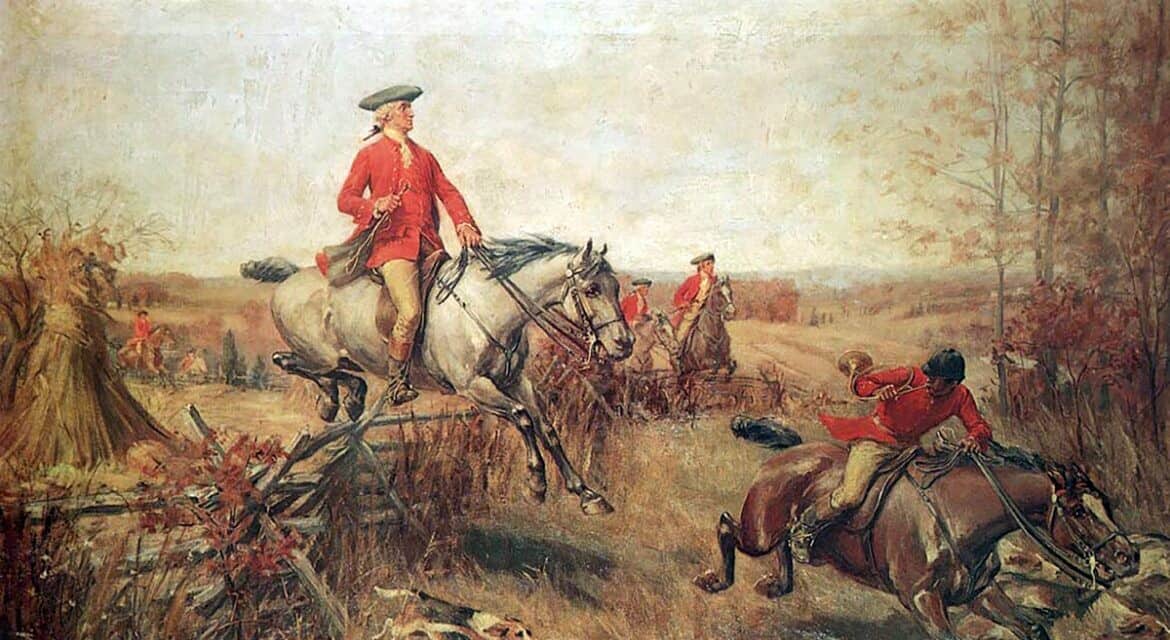Despite the best laid plans of military commanders, few things are as chancy as war. Once the fighting starts, matters often take a path of their own, full of unexpected twists and turn that nobody had imagined ahead of time. Following are thirty things about some unexpected twists from the history of warfare.

30. George Washington’s Love of Dogs Led to an Unexpected Truce
Most American presidents have been dog people. Even the ones who might not have been that fond of dogs have often found it convenient to keep a mutt or two in the White House for appearances’ sake and to project a wholesome image. However, few American presidents were as fond of Man’s Best Friends as was George Washington. America’s first president was a big-time dog lover. During his lifetime, he had dogs from just about every group recognized by the American Kennel Club today.

Spaniels, terriers, greyhounds, French hounds, Newfoundlands, and Briards were just some of the breeds that were kept by Washington at one time or another. He maintained a pack of fox hunting hounds in a well-kept kennel that had a spring running through it to supply the dogs with fresh water. He personally inspected twice a day, every morning and evening, when he dropped by to check on his hounds. As seen below, Washington’s love of dogs even led him to call an unexpected truce during the Revolutionary War, in order to return an enemy’s lost dog.

